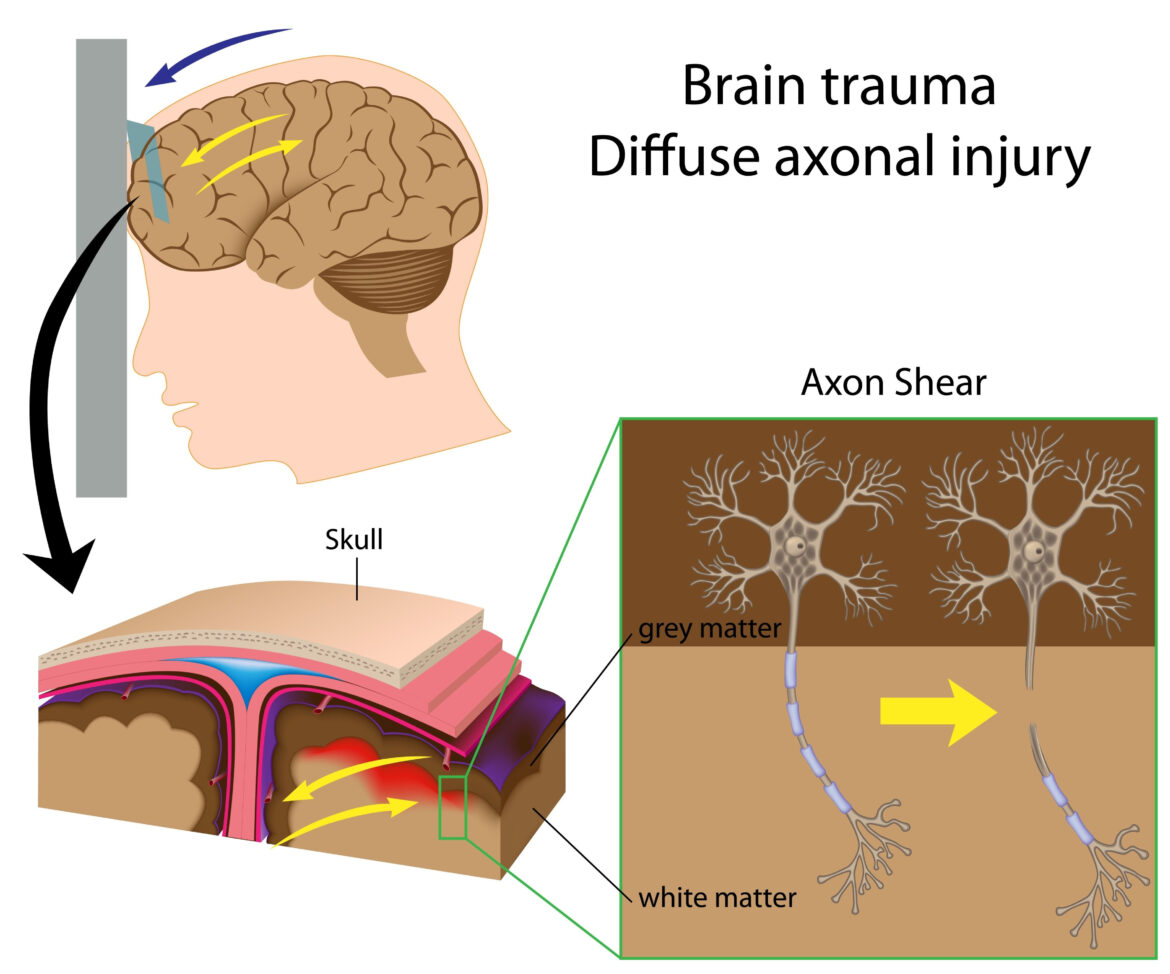The Immediate Post-Concussion Assessment and Cognitive Testing (ImPACT) is a widely utilized neurocognitive test designed to assist clinicians in the assessment and management of concussions. Given its comprehensive approach to evaluating cognitive functions and symptomatology, the ImPACT test is also instrumental in differentiating between concussion-related symptoms, psychological conditions, and potential malingering. This article explores the role of the ImPACT test in this differentiation process, supported by academic references.
Cognitive Assessment and Pattern Recognition
ImPACT assesses multiple cognitive domains, including memory, attention, processing speed, and reaction time (Lovell et al., 2006). Concussions typically result in specific cognitive deficits that can be detected through this test. For instance, Iverson et al. (2005) demonstrated that individuals with concussions often show marked declines in memory and processing speed, which are identifiable using ImPACT. In contrast, psychological conditions, such as anxiety or depression, may affect cognitive performance but generally do not produce the same pattern of deficits seen in concussions (Broglio et al., 2007).
Symptom Tracking and Baseline Comparisons
One of the strengths of the ImPACT test is its ability to track symptoms over time. Concussion symptoms typically follow a recovery trajectory, improving gradually over days to weeks (Covassin et al., 2009). ImPACT’s symptom inventory allows clinicians to monitor this progression. Furthermore, if baseline data are available, post-injury results can be compared to an individual’s pre-injury cognitive performance. Significant deviations from baseline are indicative of concussion-related impairments, whereas psychological symptoms may not cause such pronounced changes unless they are severe (Schatz & Sandel, 2013).
Validity Indicators and Malingering Detection
The ImPACT test includes embedded validity indicators designed to assess the test-taking effort and identify potential malingering (Erdal, 2012). Malingering, or the intentional production of false or exaggerated symptoms, is a concern in clinical settings, particularly when secondary gains are possible. Poor performance validity can suggest that the test results are not reliable, helping clinicians to distinguish between genuine cognitive deficits and those potentially fabricated (Henry et al., 2015).
Clinical Integration and Comprehensive Evaluation
While the ImPACT test provides valuable data, it should not be used in isolation. Comprehensive clinical evaluation, including detailed patient history, physical examination, and possibly additional neuropsychological testing, is essential for accurate diagnosis (Randolph et al., 2013). The integration of ImPACT results with clinical findings helps to create a more complete picture of the patient’s condition, facilitating differentiation between concussion, psychological origins of symptoms, and malingering.
Use in Medicolegal Settings
In medicolegal settings, the ImPACT test plays a crucial role in providing objective evidence of cognitive impairment and symptomatology following a concussion. Its comprehensive assessment capabilities make it invaluable for legal cases involving personal injury, worker’s compensation, or athletic injuries. The objective data derived from ImPACT can substantiate claims of cognitive deficits and document the trajectory of recovery or persisting symptoms. Moreover, the test’s validity indicators help in detecting malingering, thereby ensuring the integrity of the findings presented in court. When combined with clinical evaluations and expert testimony, ImPACT results contribute significantly to establishing the extent of injury, determining causality, and guiding appropriate compensation or rehabilitation measures. This robust, evidence-based approach enhances the reliability and credibility of medical testimony in legal contexts.
Conclusion
The ImPACT test is a crucial tool in the differentiation of concussion-related symptoms from those of psychological origin and potential malingering. Through its objective cognitive assessments, symptom tracking, baseline comparisons, and validity indicators, ImPACT aids clinicians in making informed decisions regarding diagnosis and management. However, it is most effective when used as part of a comprehensive evaluation strategy.
References
Broglio, S. P., Ferrara, M. S., Macciocchi, S. N., Baumgartner, T. A., & Elliott, R. (2007). Test-retest reliability of computerized concussion assessment programs. Journal of Athletic Training, 42(4), 509-514.
Covassin, T., Elbin, R. J., Harris, W., Parker, T., & Kontos, A. (2009). The role of age and sex in symptoms, neurocognitive performance, and postural stability in athletes after concussion. The American Journal of Sports Medicine, 37(6), 1132-1140.
Erdal, K. (2012). Neuropsychological testing for malingering: Detection of malingering with the ImPACT test. Archives of Clinical Neuropsychology, 27(8), 828-833.
Henry, L. C., Elbin, R. J., Collins, M. W., Marchetti, G., & Kontos, A. P. (2015). Examining recovery trajectories after sport-related concussion with a multimodal clinical assessment approach. Neurosurgery, 76(2), 123-133.
Iverson, G. L., Brooks, B. L., Collins, M. W., & Lovell, M. R. (2005). Tracking neuropsychological recovery following concussion in sport. Brain Injury, 20(3), 245-252.
Lovell, M. R., Collins, M. W., Podell, K., Powell, J. W., & Maroon, J. C. (2006). ImPACT: Immediate Post-Concussion Assessment and Cognitive Testing. In R. Echemendia (Ed.), Sports Neuropsychology: Assessment and Management of Traumatic Brain Injury (pp. 40-64). Guilford Press.
Randolph, C., McCrea, M., & Barr, W. B. (2013). Is neuropsychological testing useful in the management of sport-related concussion? Journal of Athletic Training, 48(5), 555-567.
Schatz, P., & Sandel, N. (2013). Sensitivity and specificity of the online version of ImPACT in high school and collegiate athletes. The American Journal of Sports Medicine, 41(2), 321-326.

